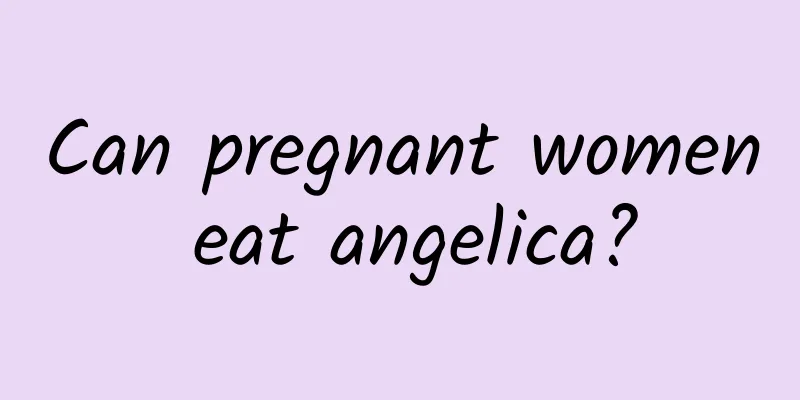How to treat nose when goose does not eat grass

|
Geese don't eat grass, which is what people often say. It is also a common plant. There are many clinical folk remedies that may use Goose Not Eat Grass. Rhinitis is a relatively recurrent nasal disease with obvious symptoms. In addition to some conventional drug treatments, some folk remedies in life can also relieve rhinitis. So how should Goose Not Eat Grass be used to treat nasal inflammation? Learn more. 1. The effect is not obvious Goosegrass can indeed treat rhinitis and is contained in many medicines. However, using only geese without eating grass is not ideal. Goose does not eat grass has a spicy taste and warm nature. It has the functions of opening the orifices and dispelling cold, removing wind and dampness, dispersing blood stasis and reducing swelling, and relieving cough. It is used by the people to treat acute and chronic rhinitis and allergic rhinitis. It is usually taken internally: decocted in water, 1.5 to 3 cents; or mashed into juice. For external use: crush and stuff into nose, grind into powder and spray into nose, or crush and apply on nose. 2. Folk remedies Stuffing goose grass into the nose is a folk remedy that is widely circulated among the people and is generally effective. You can also use 8 grams of magnolia, 8 grams of Xanthium sibiricum, 6 grams of Angelica dahurica and herbaceous angelica to make a decoction and take it, twice a day. Pay attention to self-care at ordinary times, frequently use light salt water to clear the nasal cavity to restore the nasal mucosa to normal, and check regularly. 3. Usage Goose does not eat grass is a traditional Chinese medicine with the effects of dispelling wind, dispersing cold, overcoming dampness, removing cataracts and relieving nasal congestion. It can treat colds, cold asthma, throat paralysis, whooping cough, abdominal pain due to shaqi, amoebic dysentery, malaria, malnutrition and diarrhea, nasal sinusitis, nasal polyps, eye cataracts and itching, ecthyma, scabies, and bruises. Boil the dried goosegrass into juice and drip it into the nose three or four times a day, 1-2 drops each time. This medicine tests people's tolerance, and most people find it difficult to tolerate (after being dropped into the nasal cavity, it will cause great irritation to the nose and eyes, and will cause sneezing and tears at the beginning of taking the medicine), but the effect is amazing, and it can treat rhinitis. |
Recommend
What is the method of nourishing the kidney and consolidating essence?
Traditional Chinese medicine believes that if the...
The efficacy and function of chopped green onion
Nowadays, our living standards are constantly imp...
The efficacy and function of black shell nan
Black nanmu is a traditional Chinese medicine. In...
How many steps are there to squeeze frog juice? Peru's national drink can be made like this...
WHAT? Frog juice? What kind of magical operation ...
One step closer to completion! A picture shows the growth process of China's space station
On October 31, the Long March 5B Yao-4 carrier ro...
Seven major e-commerce and online marketing trends in the cosmetics industry in 2013
In today's era, the market share of daily che...
How to make AI more "human"? MIT research: This is crucial
Written by: Green Apple Editor: HS Layout: Li Xue...
The efficacy and function of Jiangxi money grass
The traditional Chinese medicine Jiangxi Moneywor...
Other names for morning glory
The Dictionary of Chinese Herbal Medicine Names i...
Do males want to be eaten after mating? They go to great lengths to survive
There are some magical phenomena in nature. For e...
The efficacy and function of Lophatherum
Many people are not very clear about loblolly flo...
How to make maca wine
Maca wine soaking is the most common way to consu...
The efficacy and function of Daqiansheng
The occurrence of diseases requires the improveme...
The efficacy and function of red hot pepper
I wonder if you have ever heard of red pepper. Re...
A new breakthrough in supersonic flight! Will “Somersault Cloud” open a new era of aviation?
Author: Li Chuanfu Shi Xiangqi On December 17, 20...









